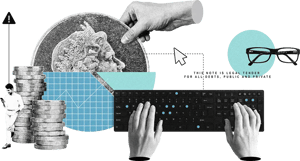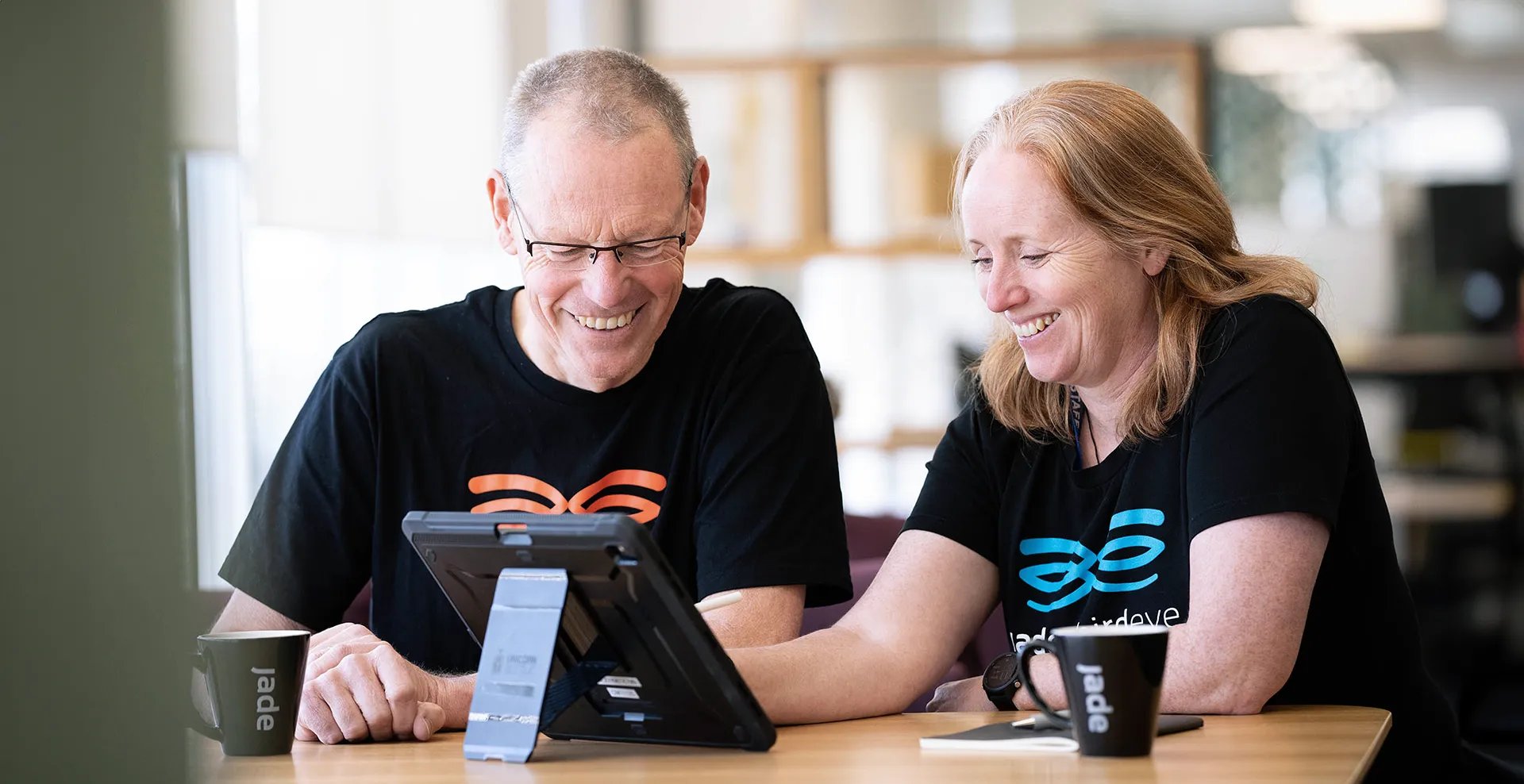Transaction Monitoring
Flexible transaction monitoring that helps you act before risk becomes reality
Financial crime detection shouldn’t force you to choose between comprehensive coverage and operational efficiency.
Our Transaction Monitoring module gives you
both: Flexible detection capabilities that catch real threats while minimising false positives, so your team can focus their expertise where it matters most.

Key features
Real-time transaction monitoring
While post-transaction detection remains essential for regulatory compliance, it often means financial crime teams are ‘chasing’ criminal activity rather than preventing it. Our Real-Time Transaction Monitoring add-on enables you to shift from “detect and report” to “identify and prevent.”
Comprehensive reporting
Generate detailed reports for internal stakeholders and regulators, demonstrating your team’s impact and maintaining compliance with evolving regulatory expectations.
Rules testing sandbox
Use real data in a secure sandbox to test and refine your rules before going live. Get confident in your accuracy and reduce noise before a single alert is triggered.
End-to-end case management
Move seamlessly from detection to investigation to reporting, all within one
platform. Every action is logged with a complete audit trail, helping you maintain compliance effortlessly.
Comprehensive reporting
Generate detailed reports for internal stakeholders and regulators, demonstrating your team’s impact and maintaining compliance with evolving regulatory expectations.

What our customers say
“Before Jade ThirdEye, it was taking a very long time to spot suspicious and unusual activity and flag it. We can now clear the alerts in a timely manner, getting rid of the three-week delay that used to exist.”
Fexco Pacific
“Jade ThirdEye helped us cut through complexity with a unified system for transaction monitoring and customer screening, replacing three outdated legacy systems. The Jade team helped us clarify and enhance our requirements during deployment and for several enhancements thereafter. Recently I requested a relatively complex enhancement that would have taken weeks with the legacy system and the Jade team responded “We’ll have it done by the end of the day”."
FinClear
“Jade ThirdEye gave us the power to screen new customers and transactions for an emerging fraud trend within 24 hours of the first case seen. This resulted in suspicious accounts being easily identified, allowing us to quickly alert our branches to customers of concern, while monitoring for them opening online accounts.”
Skipton Building Society
“Implementing the Jade ThirdEye solution is one a number of key enhancements to our AML processes. It is important to InvestNow that we continue to invest in our resources and capabilities as we play our part in the wider prevention of financial crime, and implementing a tool like Jade ThirdEye to automate and manage the growing transaction volume and scale in our business was an easy decision to make.”
InvestNow
“Using Jade ThirdEye has made a real difference from day one, both in terms of what we monitor and how we do it! Automating transaction monitoring has freed up more time for my team to focus on the investigation of suspicious activity and protecting our members from financial crime.”
Dudley Building Society
“We were looking for a solution to enhance our AML and CFT controls. Jade ThirdEye automates our transaction and customer screening, freeing up time and resources for the financial crime team to do what they do best, investigate suspicious activity and protect our members from money laundering and financial crime.”
Leek Building Society








Partnering for success
We’ve been supporting reporting entities in multiple sectors around the globe for over 10 years, and we're committed to providing a first-class AML/CFT solution.
We provide an optimisation service, including a full review of your rules, to help you make the most of your investment and evolve your AML/CFT programme.

